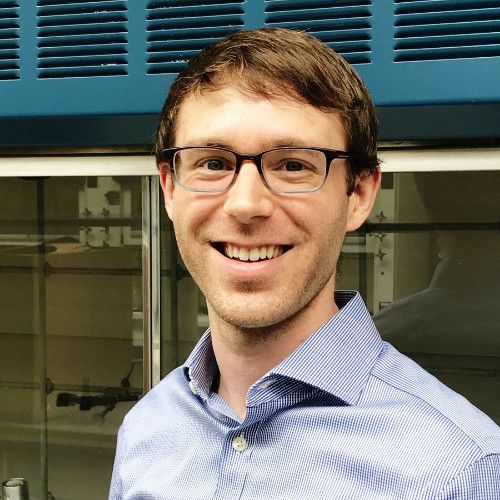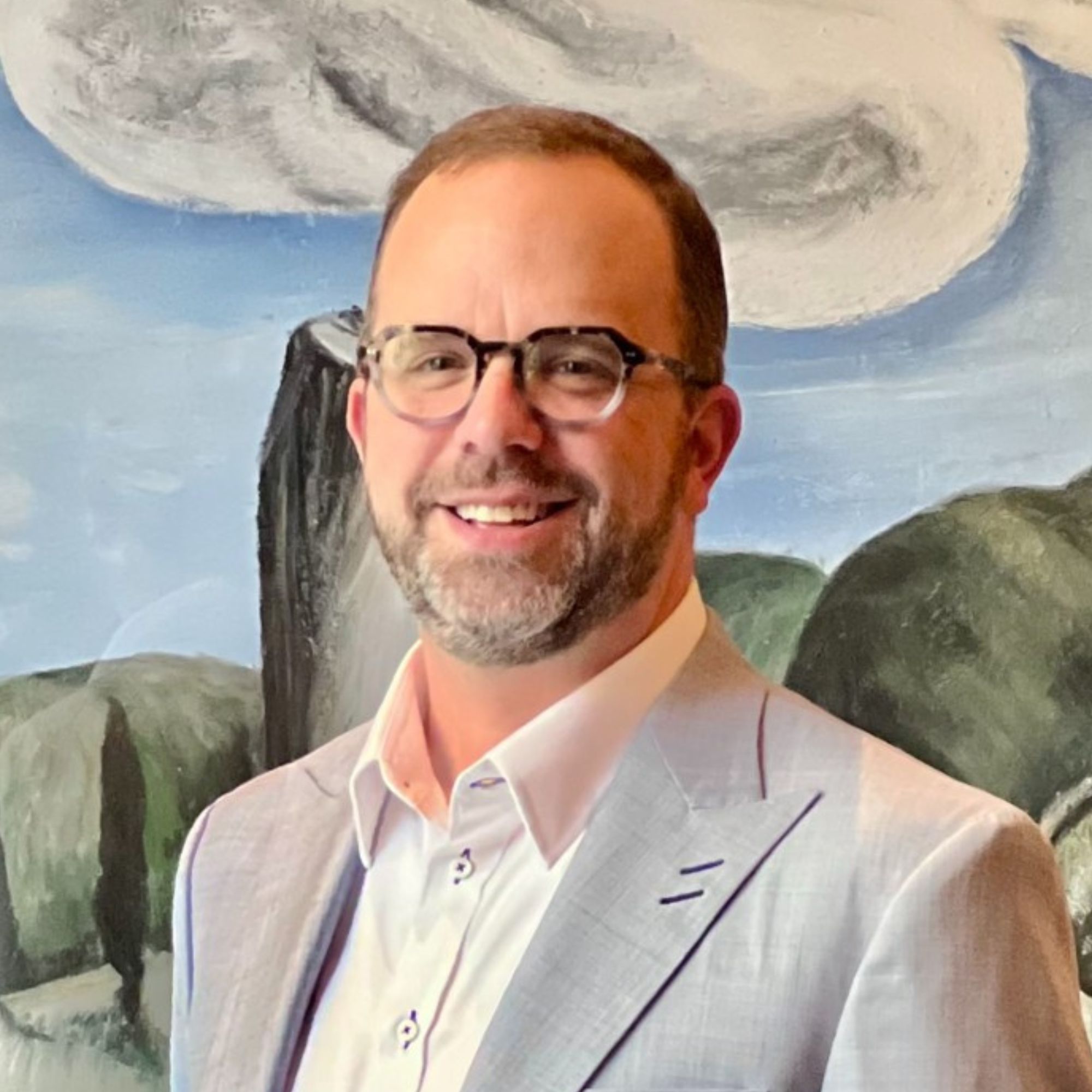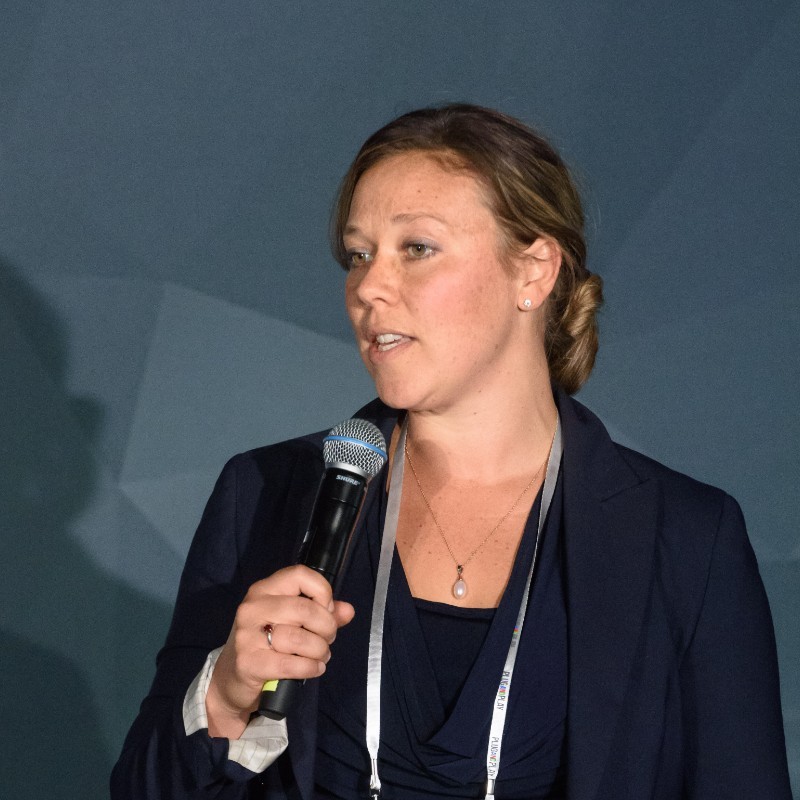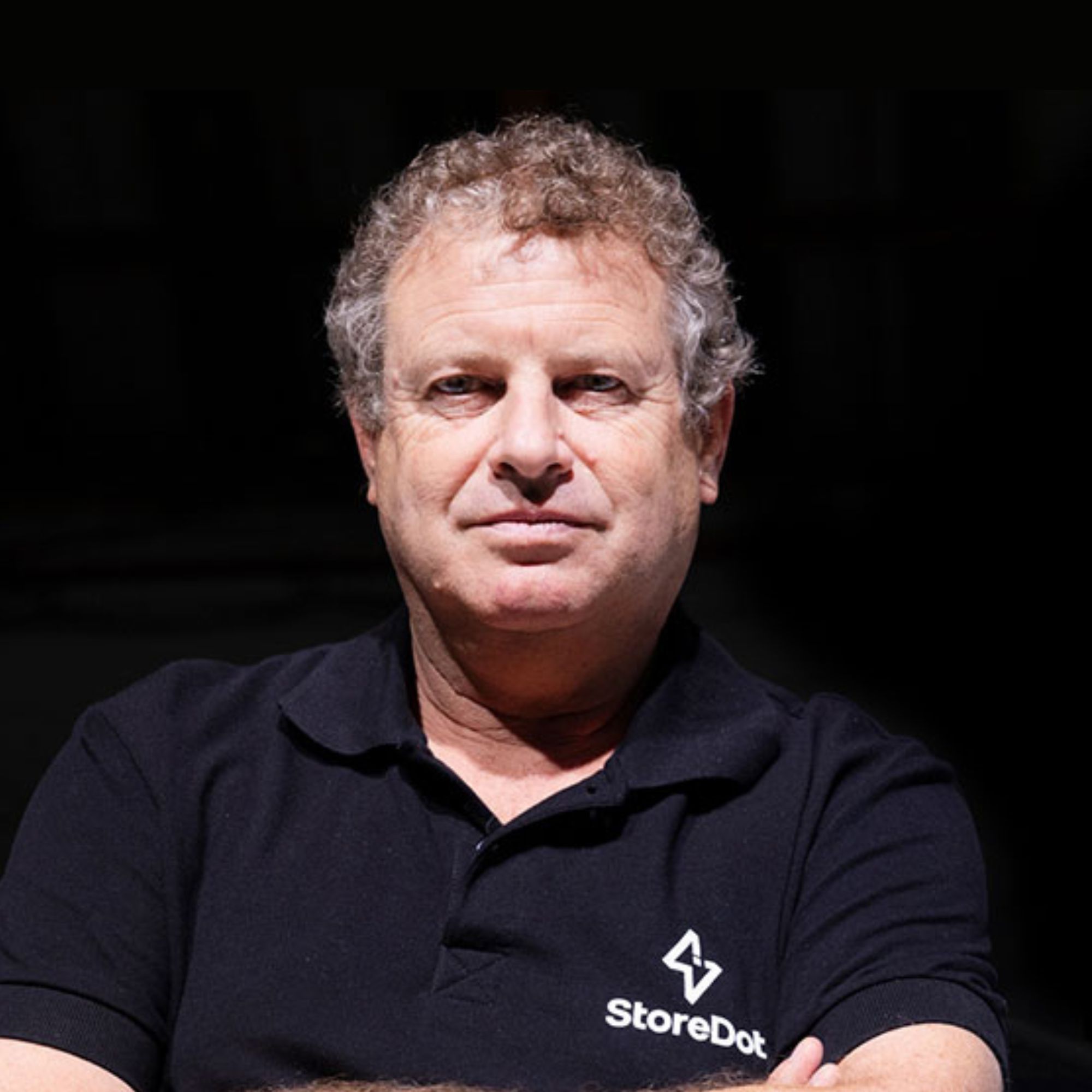Ready to launch your own podcast? Book a strategy call.
Frontlines.io | Where B2B Founders Talk GTM.
Strategic Communications Advisory For Visionary Founders
Conversation
Highlights
From Lab to Market: How Caelux’s Partnership Strategy is Transforming Solar Manufacturing
In a recent episode of Category Visionaries, Scott Graybeal shared how Caelux, a solar technology company that’s raised $70 million in funding, is revolutionizing the industry through strategic partnerships rather than direct competition.
When investors first approached Scott about leading Caelux, he declined. After scaling a renewables business from $300 million to $2 billion over seven years at Flex, he wasn’t looking to return to solar. But the company’s unique approach to perovskite technology caught his attention.
“I really wasn’t looking to get back into solar,” Scott explains. “But then this opportunity came around, and I started really looking at it. I brought in my own technology advisors, asked them to take a look at it, and they felt, and I came to feel that there was really something exciting happening.”
The Efficiency Revolution
What made Caelux stand out was their potential impact on solar panel efficiency. While traditional manufacturers fought for half-point improvements, Caelux developed technology that could deliver “a full five to six points of absolute efficiency improvement. Astronomical,” according to Scott.
Instead of launching another solar panel company, Caelux chose a different path. They would enhance existing panels by applying their perovskite technology to the glass used in standard solar modules, creating what Scott calls “a hybrid tandem module.”
The Partnership Strategy
This strategic decision shaped their entire go-to-market approach. “The way to go and get this technology in the market embedded to the extent that it needed to be was to work with solar module companies, make their products better, and then we would have cheerleaders as opposed to competitors,” Scott explains.
This partnership-first strategy has opened doors to a massive market opportunity. “That’s about a $200 billion addressable market until 2030,” Scott notes. “And that’s considering even price erosion and all those other factors that we need to be cognizant of.”
Manufacturing as Development
Perhaps most innovative is Caelux’s approach to product development. Rather than perfecting their technology in a laboratory setting, they leveraged manufacturing facilities for rapid experimentation.
“While folks can run maybe a couple dozen experiments a day in the lab, we can run hundreds of experiments a day by using manufacturing assets that then translate quite easily into this fully released product,” Scott shares. This approach has accelerated both their development cycle and customer adoption.
From Eight to Seventy-Four
The results speak for themselves. What started as “eight to 10 people in a small lab in East Pasadena” has grown to 74 employees with plans to reach 100 by the end of 2025. They’ve scaled from producing samples in fume hoods to operating a 50-megawatt demonstration line in Los Angeles.
Building Market Demand
Caelux’s go-to-market strategy extends beyond manufacturer partnerships. “We work a lot with the downstream players in the market, meaning the asset owners and developers that will be the biggest beneficiaries of the technology,” Scott explains. This creates natural pressure for manufacturer adoption, as end customers begin specifying Caelux technology in their projects.
The Future of Solar
Looking ahead, Scott sees perovskites as transformative technology beyond just solar panels. From space exploration to local energy production in developing regions, the applications continue to expand. “I think that we’re just at the cusp of these materials,” he says. “There’s scarcely a week goes by I don’t see a new article about some other wild application for perovskites.”
Caelux’s journey demonstrates how strategic partnerships and innovative development approaches can unlock massive markets, even in established industries. By choosing collaboration over competition, they’re not just building a company – they’re helping transform an entire industry.
Actionable
Takeaways
Partner with giants instead of competing:
Caelux chose to work with existing solar panel manufacturers rather than becoming a panel maker themselves. Scott explained, "The way to go and get this technology in the market embedded to the extent that it needed to be was to work with solar module companies, make their products better, and then we would have cheerleaders as opposed to competitors." This approach dramatically reduced their time to market and capital requirements.
Use manufacturing as a development tool:
Rather than staying in the lab indefinitely, Caelux leverages manufacturing assets for product development. Scott noted, "While folks can run maybe a couple dozen experiments a day, we can run hundreds of experiments a day by using manufacturing assets that then translate quite easily into this fully released product." B2B founders should consider how production infrastructure can accelerate their development cycle.
Build downstream demand strategically:
Caelux focuses on engaging asset owners and developers who will be the ultimate beneficiaries of their technology. Scott shared, "We want them to spec us in for next project. So even if module companies may be a little slow to adopt, we want to ensure that the folks that are writing the checks understand what's available." This creates market pull for their technology.
Master expectation management:
When deploying new technology, Caelux is deliberately transparent about potential challenges. Scott emphasized, "If anything, we're a bit too transparent. We tell people where the warts are and we say where the challenges are and own them. Because otherwise I think you're lying to yourself as a company and you certainly don't want to lie to customers. You get zero chances after that."
Navigate the climate tech funding landscape:
Scott revealed that true climate tech investors are rare, and many prefer speculative moonshots over companies with clear markets. He advised, "Mistakes need to be made because those are part of the learning cycle. It's just don't make company killer mistakes. Make small ones and then recover from them and then you can continue to evolve your product."









































































































